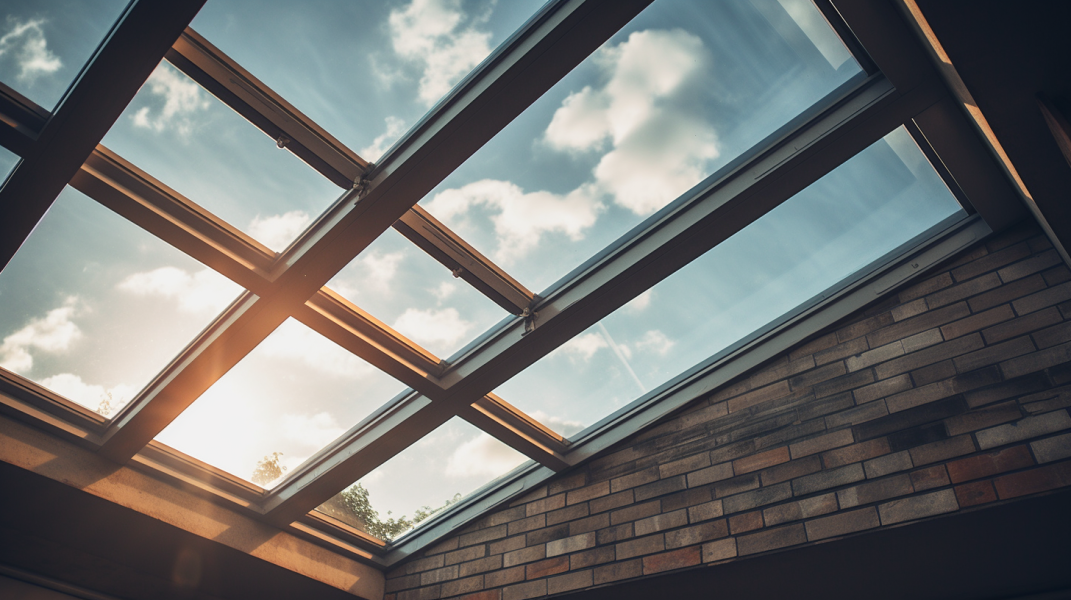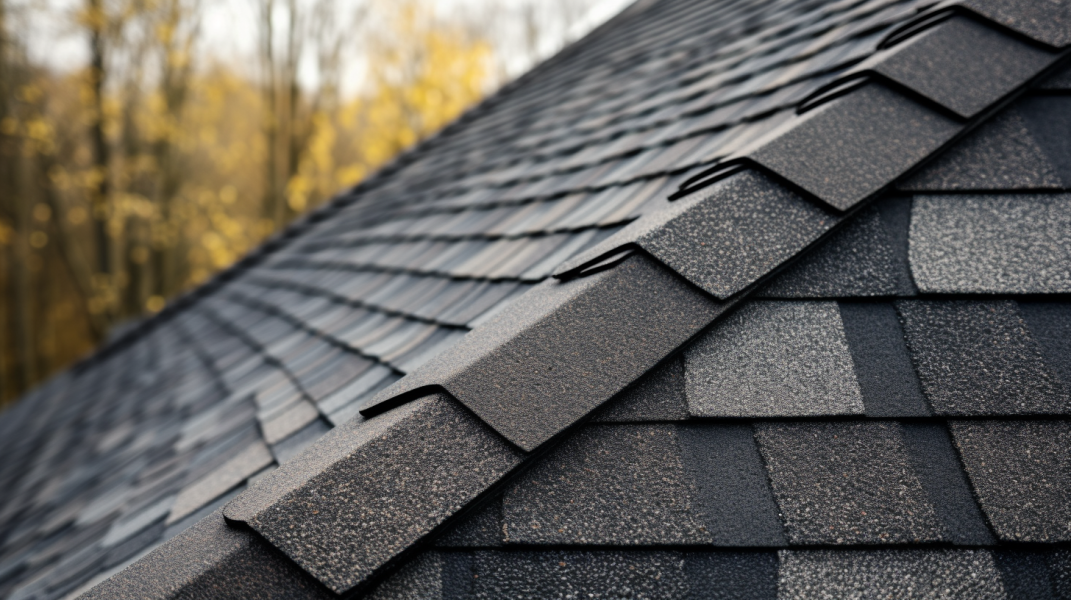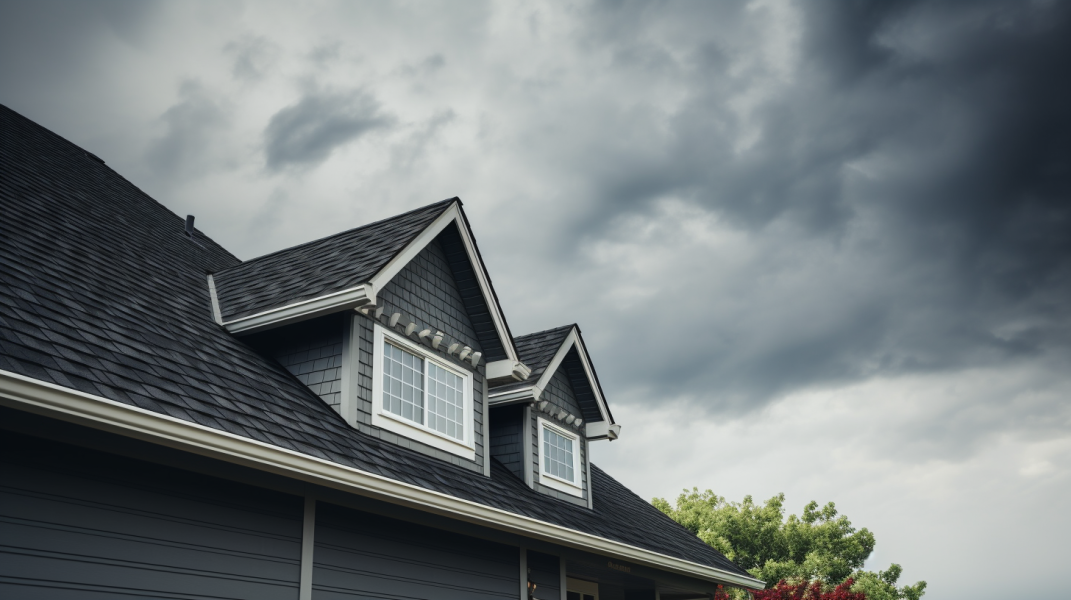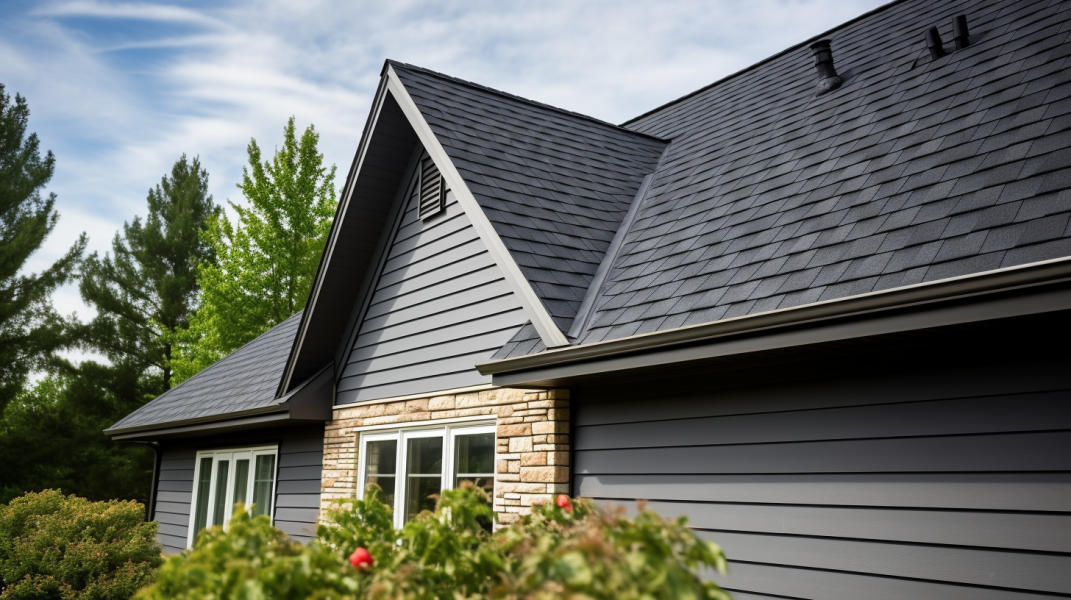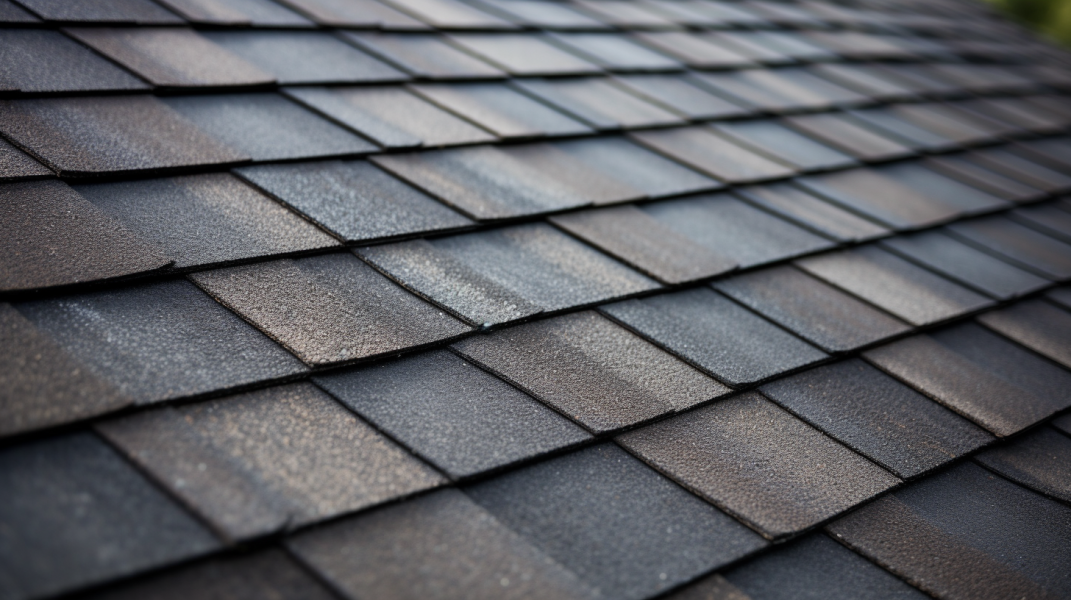The Manual for Installing Asphalt Shingles During Winter Months
Introduction
When the winter season arrives, homeowners often ponder the feasibility of installing asphalt shingles. The task demands precision, expertise, and an understanding of the material's behavior in colder temperatures. In this comprehensive guide, we delve into the intricacies of installing asphalt shingles during winter, ensuring your home stays protected regardless of the weather conditions.
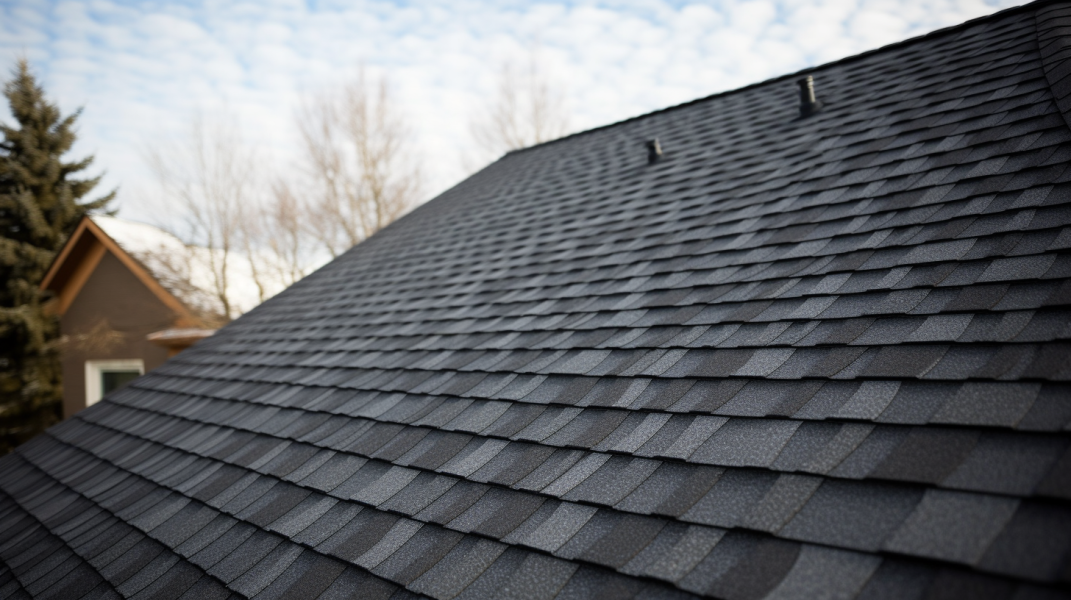
Understanding Asphalt Shingles in Cold Weather
Asphalt shingles are a popular roofing material, known for their durability and cost-effectiveness. However, they tend to become brittle and less flexible in temperatures below 40 degrees Fahrenheit. This characteristic poses challenges during installation, as the shingles may crack or break if not handled carefully.
The Role of Expertise
Entrusting your roofing project to a seasoned roofing contractor in Chicopee is crucial, especially during the winter months. Professionals like Nova Home Improvements possess the necessary experience and equipment to navigate the complexities of winter installations, ensuring a seamless and safe process.
Navigating the Hazards
Winter roofing projects present unique challenges, such as slippery surfaces due to snow and ice. Employing proper safety equipment and techniques is paramount to prevent accidents and ensure a successful installation.
Special Equipment and Precautions
Utilizing harnesses, scaffolding, and other safety gear is essential when working on high-sloped, slippery roofs. Additionally, it is vital to wait until the roof surface is free of ice and frost to commence the installation, ensuring a safer working environment.
Flashing and Underlayment Considerations
The installation of flashing and underlayment is a critical component of the roofing process, providing additional protection against water damage.
Eave Flashings in Cold Climates
In regions susceptible to freezing temperatures, it is advisable to install polymer-modified, self-adhering underlayment as eave flashing. This material offers enhanced protection against water backup from ice dams, a common issue in colder climates.
Handling and Storing Shingles in Winter
Proper handling and storage of asphalt shingles are imperative to prevent damage and ensure their longevity.
Tips for Cold Weather Storage
To maintain the shingles' flexibility, store them indoors to keep them warm prior to application. Avoid bending, throwing, or dropping the bundles, as this could lead to cracking or breaking.
Sealing and Protecting Your Roof
Asphalt shingles feature a thermally activated asphalt sealant, which bonds the shingles together once applied and exposed to sunlight. In colder weather, hand-sealing the shingles with asphalt roofing cement can provide additional protection against wind blow-off.
Focus on Vulnerable Areas
Pay extra attention to the rakes and eaves of the roof, as these areas are particularly susceptible to wind damage. Ensure proper sealing to mitigate the risk of shingle blow-off.
Choosing the Right Valley Installation Method
The method of valley installation plays a significant role in the longevity and performance of your roof.
Open Metal Valleys: A Winter-Friendly Option
Opting for open metal valleys can prevent shingle damage, as this method does not require bending the shingles. Alternatively, warming the shingles prior to application can also be a viable solution.
Conclusion
Installing asphalt shingles in winter is a feasible task when approached with caution, expertise, and the right materials. By choosing a reputable roofing contractor in Chicopee, such as
Nova Home Improvements, you ensure that your roofing project is in capable hands, regardless of the season. Remember, the key to a successful winter roofing installation lies in meticulous planning, safety precautions, and choosing the right materials and methods for the job.







